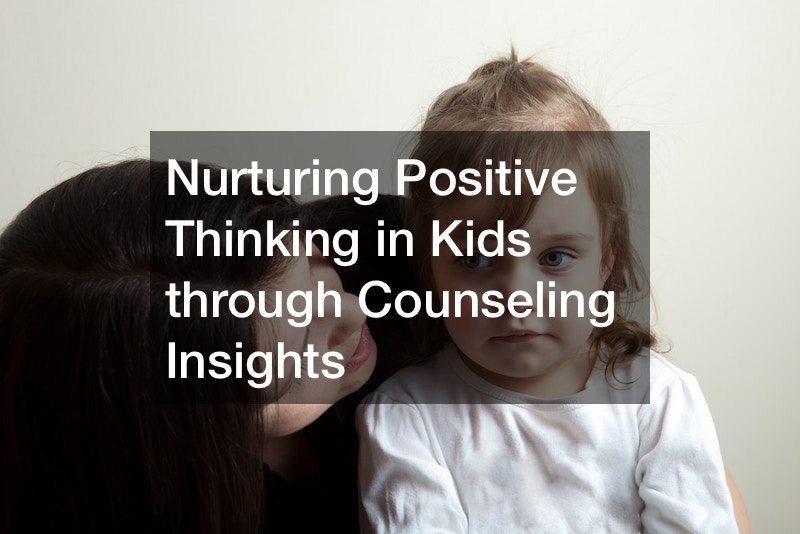In the realm of kids counseling, licensed marriage and family therapist Quenby Gallahan brings over a decade of experience to the table. Her focus on mental health counseling tips and personal growth is evident through her channel, “The Grateful Therapist.” In this article, we delve into Gallahan’s effective approach to helping children overcome negative thoughts, a vital aspect of kids counseling.
Identifying Negative Thoughts:
One fundamental aspect of kids counseling, according to Gallahan, is teaching children to identify negative thoughts. This involves encouraging them to pause and recognize when their thoughts take a self-critical or pessimistic turn. She emphasizes the significance of paying attention to a child’s self-talk, as thoughts play a crucial role in shaping beliefs about oneself and the world.
The elementary school setting, where Gallahan frequently engages in kids counseling, becomes a crucial backdrop for her insights. In her experience, children between the ages of 6 and 11 often grapple with negative thought patterns that impact their self-esteem and confidence.
Challenging Negative Thoughts:
Once the negative thoughts are identified, the next step in kids counseling is to challenge them. Gallahan suggests engaging in a dialogue with the child to question the validity of their negative beliefs. By seeking evidence to the contrary, kids can begin to understand that not every negative thought holds truth.
Gallahan recounts a scenario where a child expressed thoughts like, “I stink, and nobody likes me.” Instead of dismissing these thoughts, she engages the child in a conversation, encouraging them to explore whether these beliefs are accurate. This process involves acting as a guide, helping children unravel the layers of their thoughts and discover the fallacies within.
Replacing with More Helpful Thoughts:
The essence of kids counseling lies in empowering children to replace negative thoughts with more helpful ones. Gallahan underlines the importance of cultivating a thought pattern based on reality rather than blind positivity. By guiding children to articulate alternative, more accurate thoughts, counselors contribute to building a foundation for healthier self-perception.
In the counseling session, Gallahan might ask the child to ponder on the accuracy of their belief that nobody likes them. By gently challenging this notion, she helps the child recognize positive aspects in their relationships, such as friendships and connections with supportive adults. The objective is to guide children in finding truer, more helpful thoughts that contribute to a positive mindset.
Art Activities as Therapeutic Tools:
In the dynamic field of kids counseling, where attention spans may vary, Gallahan incorporates creative activities to complement traditional counseling methods. While not a registered art therapist, she employs art activities as therapeutic tools to solidify new thought patterns.
One such activity involves creating cards with negative thoughts on one side and positive affirmations on the other. By engaging children in crafting these tangible representations of their thoughts, counselors provide a visual and tactile dimension to the therapeutic process. The goal is to make the experience enjoyable, enhancing the effectiveness of the intervention.
Conclusion:
Kids counseling, as exemplified by Quenby Gallahan, is a nuanced process that goes beyond mere positive affirmations. It involves a thoughtful progression from identifying negative thoughts to challenging them and ultimately replacing them with more helpful alternatives. The incorporation of creative activities not only adds an element of fun to the counseling process but also contributes to the solidification of healthier thought patterns. In the realm of kids counseling, Gallahan’s approach stands as a testament to the importance of tailored interventions that address the unique needs of young minds.
.





